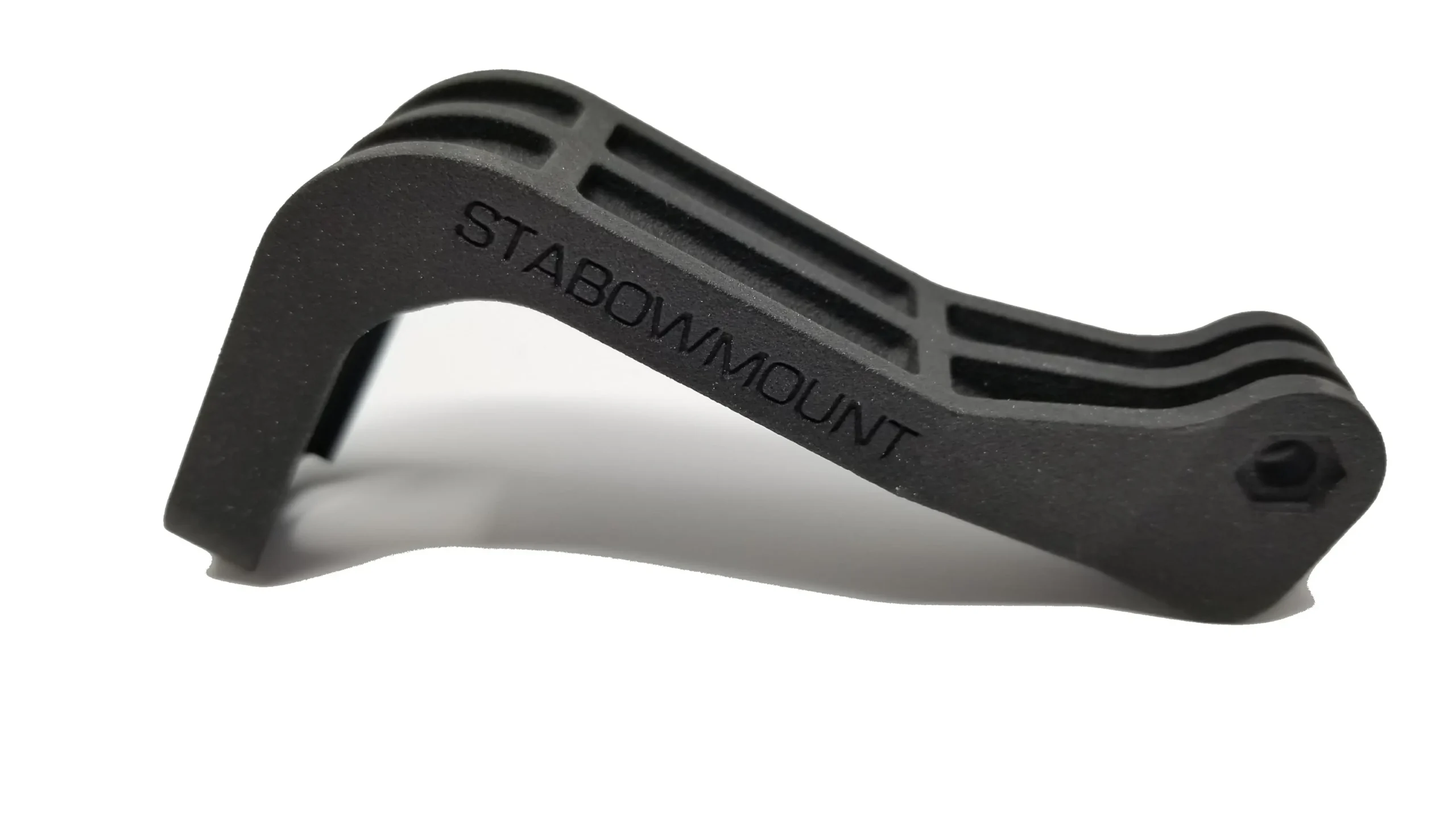Hewlett Packard, commonly known as HP, has been at the forefront of technology innovation for decades. The company has recently patented its revolutionary Multi Jet Fusion (MJF) technology, which has the potential to revolutionize the world of 3D printing. In this article, we will explore what HP Multi Jet Fusion is, how it differs from other 3D printing technologies, and the process behind it.
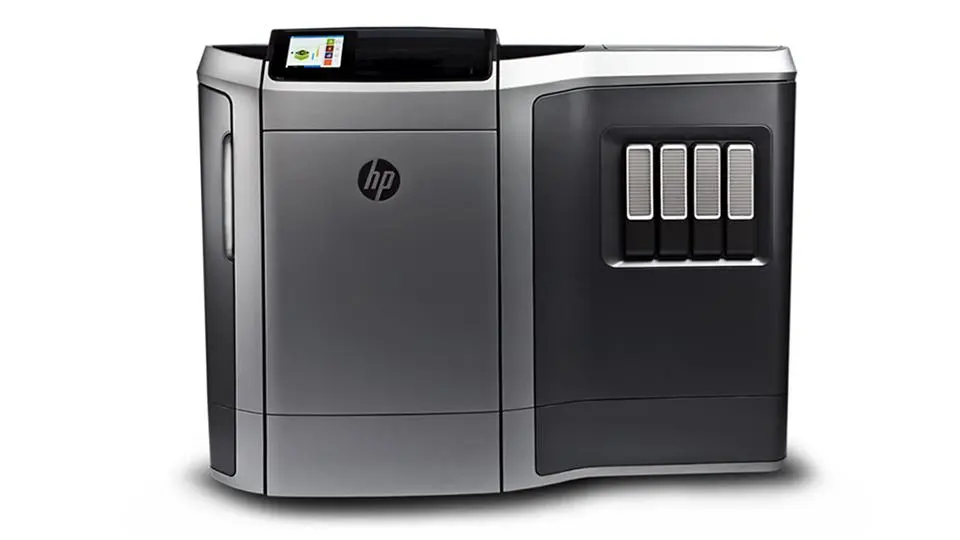
What is HP Multi Jet Fusion?
HP Multi Jet Fusion is an advanced 3D printing technology developed by Hewlett Packard. It is based on a powder bed fusion (PBF) process, similar to Selective Laser Sintering (SLS). However, unlike SLS, MJF does not use a laser as its heat source. Instead, it utilizes an infrared energy source combined with a fusing agent to create each layer of the printed object.
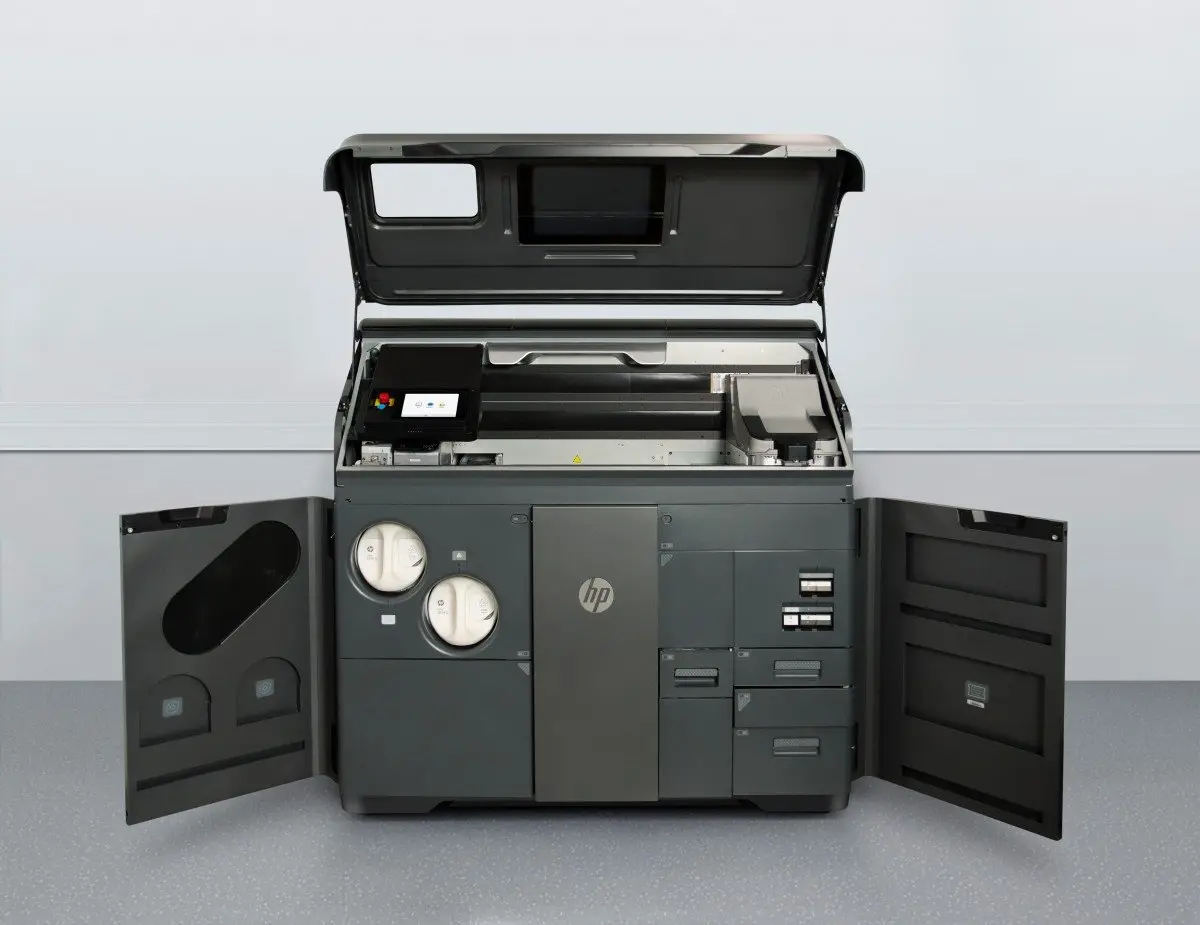
The MJF technology offers several advantages over traditional 3D printing methods. It can produce parts with high precision and excellent mechanical properties, comparable to those produced by SLS. Additionally, MJF is faster than SLS, allowing for quicker turnaround times and increased productivity.
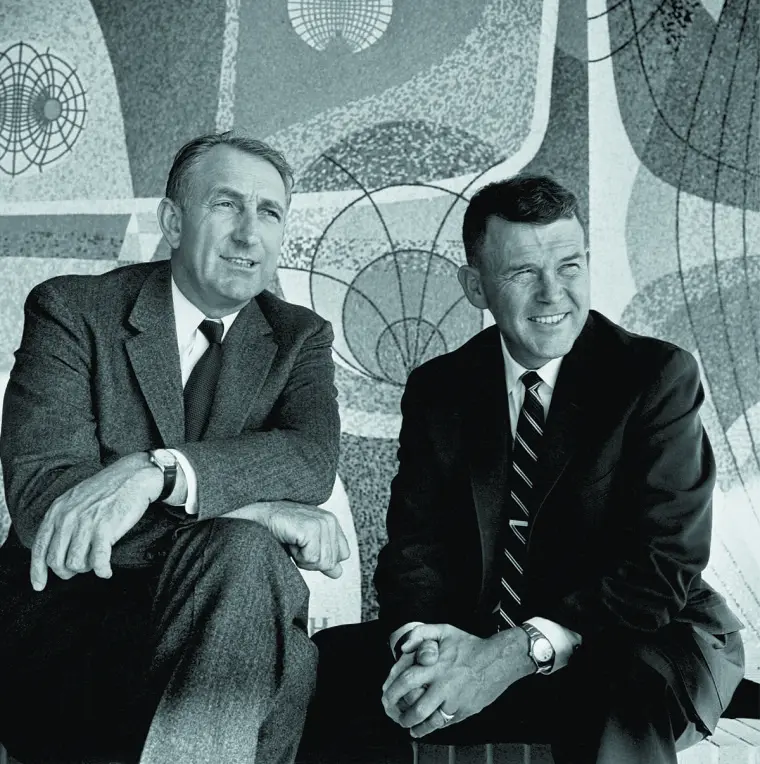 Hewlett & packard: pioneers in tech industry
Hewlett & packard: pioneers in tech industryWhat is the difference between MJF and SLS?
While both MJF and SLS are powder bed fusion technologies, there are some key differences between the two. The most significant difference lies in the heat source used. SLS utilizes a laser to melt and fuse the powder particles together, while MJF uses an infrared energy source combined with a fusing agent.
Another difference is the layer height. In MJF, the layer height is typically around 80µm, which is comparable to the layer height achieved in SLS. Both technologies offer excellent surface finishes and mechanical properties.
What is the MJF process?
The MJF process begins with a computer-aided design (CAD) model, which is prepared using HP's proprietary software. The model is then sent to the MJF printer for printing.
Before printing can commence, the machine operator manually loads the thermoplastic powder, often nylon or TPU, into the build chamber. The powder recoater then spreads a thin layer of powder onto the build plate.
Next, the printer's ink heads start printing the first layer by selectively jetting a fusing agent onto the powder. This fusing agent acts as a sort of glue, binding the powder particles together. A detailing agent is also jetted around the edges of the objects to enhance their resolution.
 Analyzing hewlett-packard (hpe) stock price: trends, factors, and analyst targets
Analyzing hewlett-packard (hpe) stock price: trends, factors, and analyst targetsOnce the agents are deposited, a heat lamp is used to solidify and consolidate the areas where the fusing and detailing agents are present. The build plate then descends slightly, and another thin layer of powder is spread onto the previous layer. This process repeats until all layers are complete.
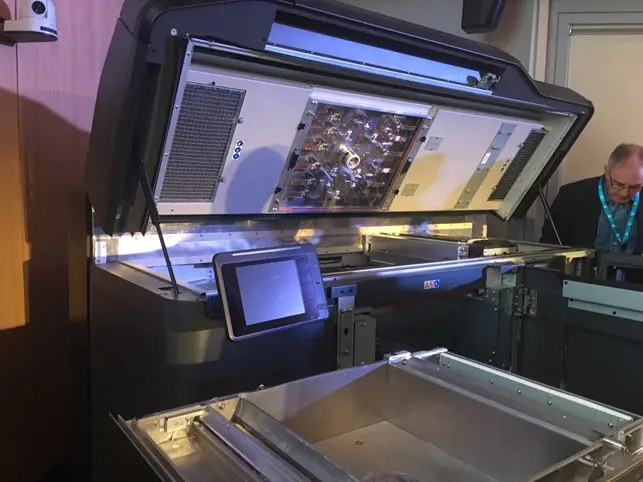
After the printing is finished, the parts are taken to a post-processing station for semi-manual cleaning. The unused powder can be recycled for future builds, reducing waste. The parts then undergo a bead blasting process, where fine glass beads are blasted onto them at high pressure. This step improves surface quality and removes any remaining powder particles.
:
- Q: What materials can be used with HP Multi Jet Fusion?
- Q: How does MJF compare to other 3D printing technologies?
- Q: Can MJF be used for industrial applications?
A: HP Multi Jet Fusion is compatible with a variety of thermoplastic materials, including nylon and TPU.
A: MJF offers high precision, excellent mechanical properties, and faster printing speeds compared to other technologies like SLS.
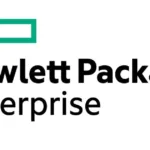 Hpe careers: professional growth opportunities at hewlett packard enterprise
Hpe careers: professional growth opportunities at hewlett packard enterpriseA: Yes, MJF is suitable for a wide range of industrial applications, including prototyping, manufacturing, and product development.
In conclusion, Hewlett Packard's patented HP Multi Jet Fusion technology is set to revolutionize the world of 3D printing. With its unique infrared energy source and fusing agent, MJF offers high precision, excellent mechanical properties, and faster printing speeds. This technology opens up new possibilities for various industries, from prototyping to manufacturing. As HP continues to innovate and refine its MJF technology, we can expect further advancements in the field of 3D printing.

